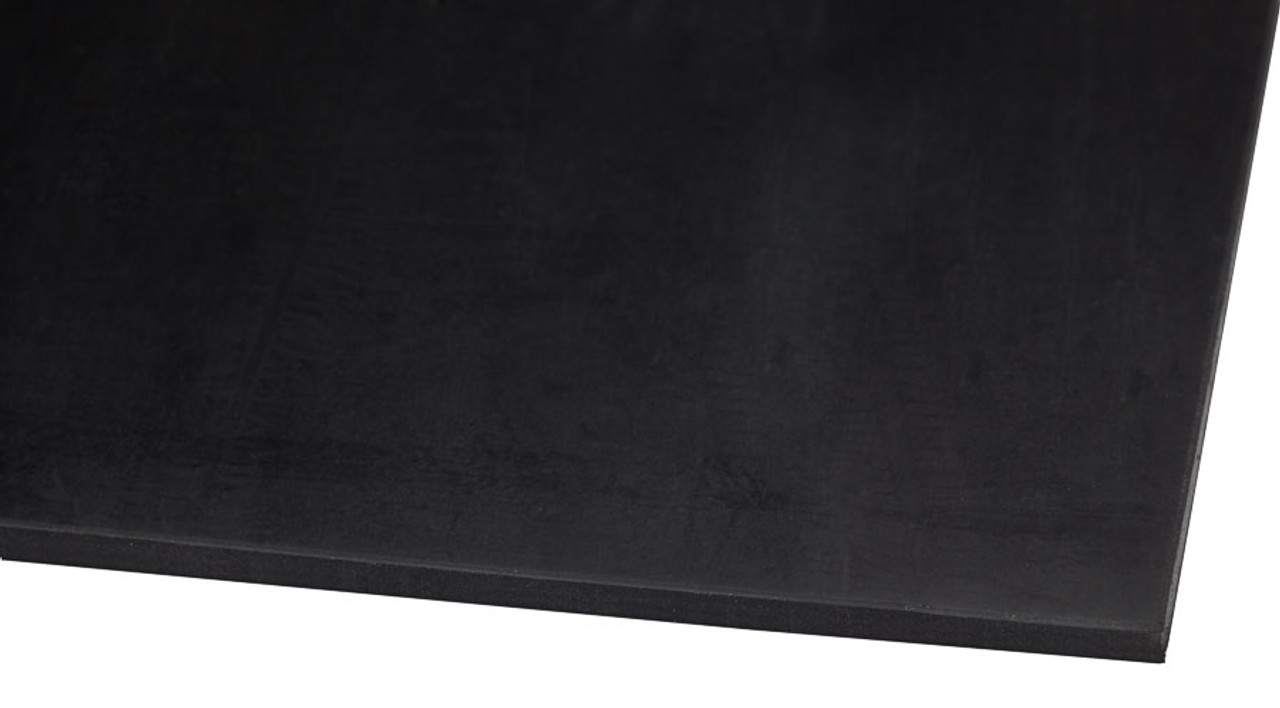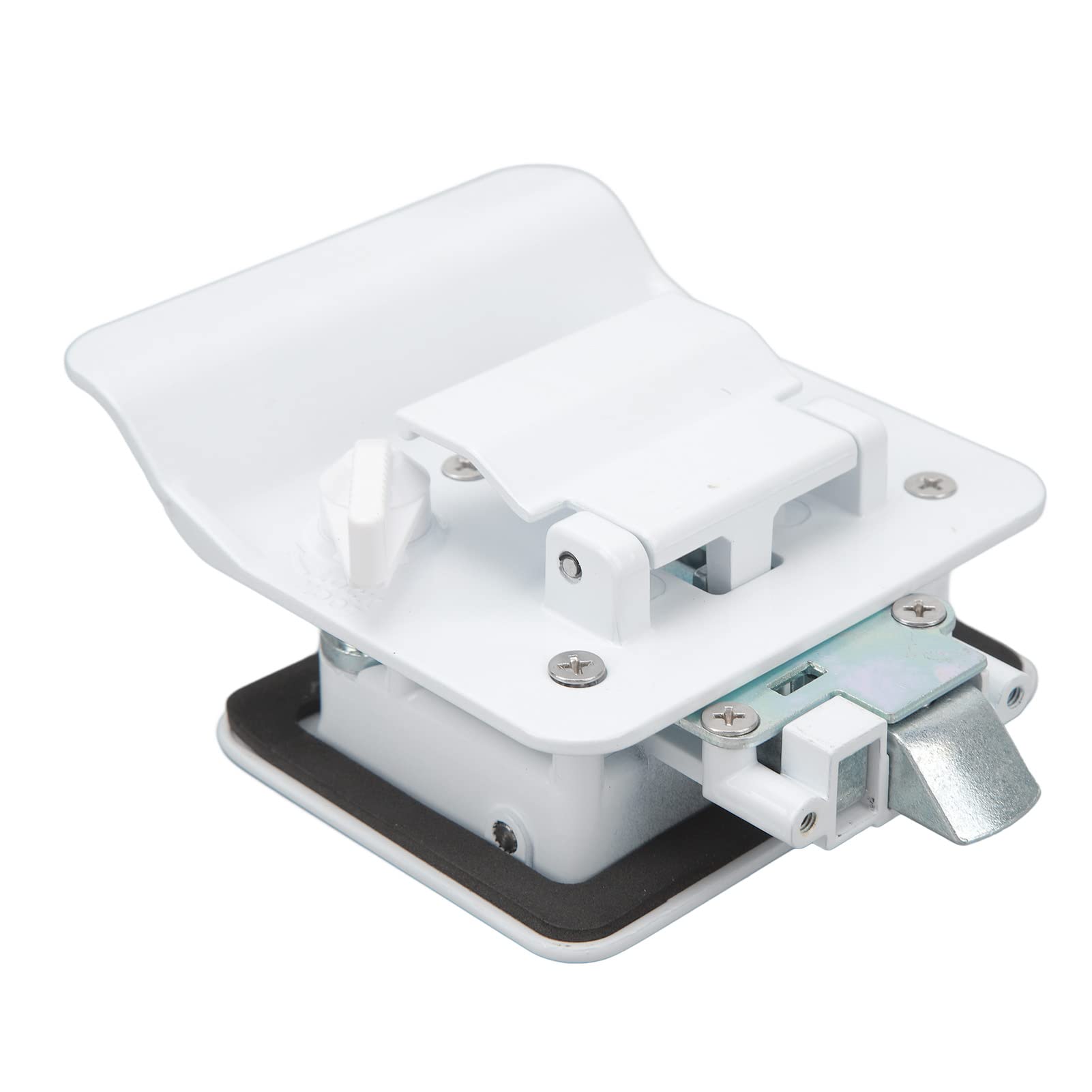INTRODUCTION TO REACT DISPLAY PDF
Adding PDF viewing capabilities to your React project has never been easier with React display pdf. This step-by-step tutorial will guide you through the process of integrating a fully functional PDF viewer that is fast, flexible, and customizable. Whether you’re building a website or an app, React Display PDF offers a seamless way to embed PDFs.
STEP 1: SET UP YOUR PROJECT
Begin by ensuring your React project is ready. If you don’t have one yet, create it using your preferred method. Once ready, install the necessary dependencies to use React Display PDF. This installation is quick and sets the foundation for embedding PDFs in your project.
STEP 2: IMPORT REACT DISPLAY PDF COMPONENTS
To embed PDFs, you need to import the core components that React Display PDF provides. These components handle PDF rendering and allow you to customize the viewer. Importing them correctly sets you up for a smooth integration.
STEP 3: EMBED A PDF INTO YOUR COMPONENT
Once the components are imported, embed your PDF file into your React component. Provide the source of your PDF, whether it’s a URL or a local file. This step makes the PDF visible in your application and leverages the efficient rendering that React Display PDF offers.
STEP 4: CUSTOMIZE THE VIEWER
After embedding, customize the viewer to fit your project’s needs. Adjust toolbar options, zoom levels, and navigation controls. This customization helps you deliver a user-friendly and visually appealing PDF viewer that matches your app’s style.
STEP 5: HANDLE USER INTERACTIONS
Enhance the user experience by handling interactions such as page changes or zoom events. Listening to these events enables you to sync the viewer state with other parts of your app or trigger additional actions, making your PDF viewer dynamic and responsive.
STEP 6: OPTIMIZE PERFORMANCE
For large PDF files, optimize performance by enabling features like lazy loading or limiting the number of pages rendered at once. Optimizing ensures that your app remains responsive and fast even when displaying complex documents using React Display PDF.
STEP 7: TEST YOUR IMPLEMENTATION
Thoroughly test the PDF viewer across different browsers and devices. Ensure the PDF loads correctly, controls work smoothly, and the layout adapts to various screen sizes. Testing is crucial to guarantee that your implementation of React Display PDF delivers a consistent experience to all users.
CONCLUSION
This step-by-step tutorial demonstrates how simple it is to React Display PDF in your project. By following these steps, you can embed fast, flexible, and fully customizable PDF viewers that enhance your app’s functionality. With React Display PDF, integrating PDFs becomes a hassle-free experience, enabling you to focus on delivering value to your users. Start implementing React Display PDF today and transform how your project handles PDF documents.



